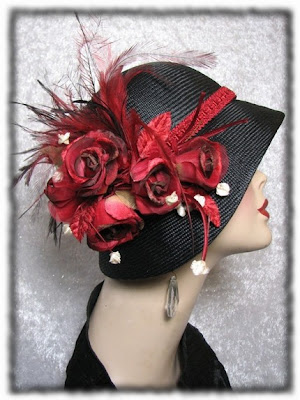 I think it rained every day in July and so far August has a perfect record as well. Running through the rain to my car yesterday I realized that the daylily season is coming to a close and I hardly had a chance to see the blooms. I am always saddened at the end of the daylily season, the end of high summer.
I think it rained every day in July and so far August has a perfect record as well. Running through the rain to my car yesterday I realized that the daylily season is coming to a close and I hardly had a chance to see the blooms. I am always saddened at the end of the daylily season, the end of high summer.But of course there is much left to enjoy phlox and all the yellow daisies and especially one of the great beauties of the garden, the dahlia. I am not a great dahlia grower, the big ones that I love take quite a bit of fuss and bother. They have to be well staked or they make a terrible sprawling mess. They need rich soil in full sun. And they must be dug up each fall and stored for replanting in the spring. I am often tired of gardening by fall and have forgotten many an expensive tubor. The ones I do remember don't always make it through the winter, they can dry up and wither into nothing or rot if kept too moist. So far I have had the most luck putting them in damp vermiculate in an extra refrigerator. But they are so beautiful I keep struggling with them every year.
Luckily, my friend Elaine manages to grow magnificent dahlias in her husband's "vegetable" garden which is now devoted to the truly important vegetables - dahlias, tulips, annual flowers etc. She brings me wonderful bouquets. Both of these photographs are dahlias from her garden. You can even see a lovely yellow dahlia poking out from behind the white.
Flower Find These red flowers aren't dahlias but they are certainly beautiful. This is a print made by Debra Linker (http://www.debralinker.etsy.com/) from her original painting "Guardians". Like much of her work it glows, here with rich gold setting off luminous red.



















































